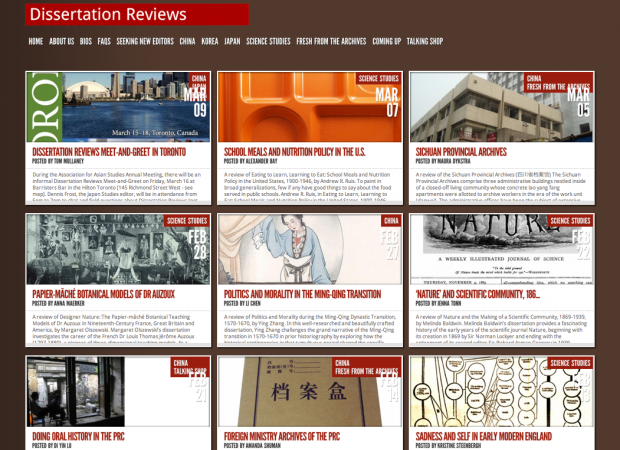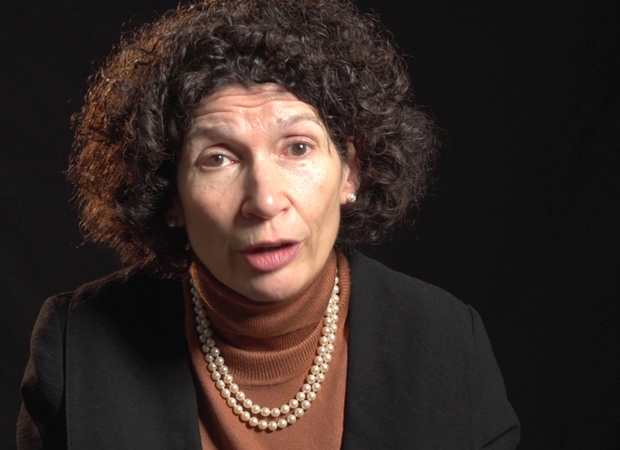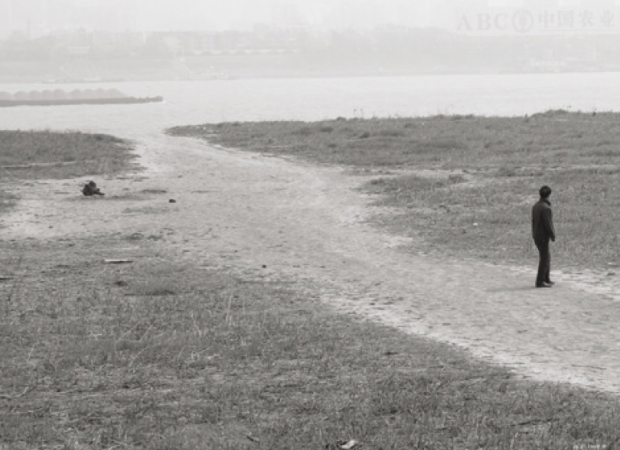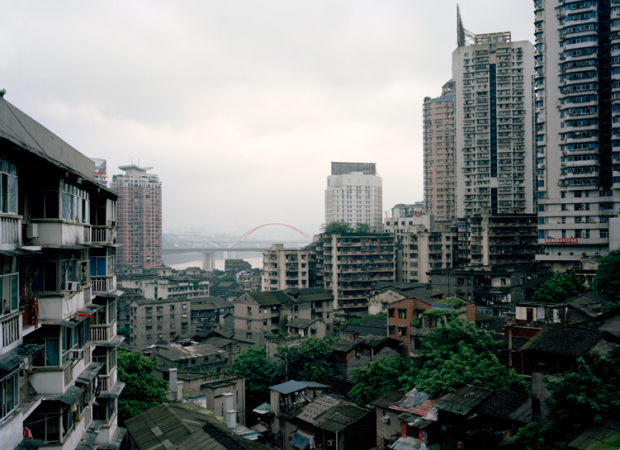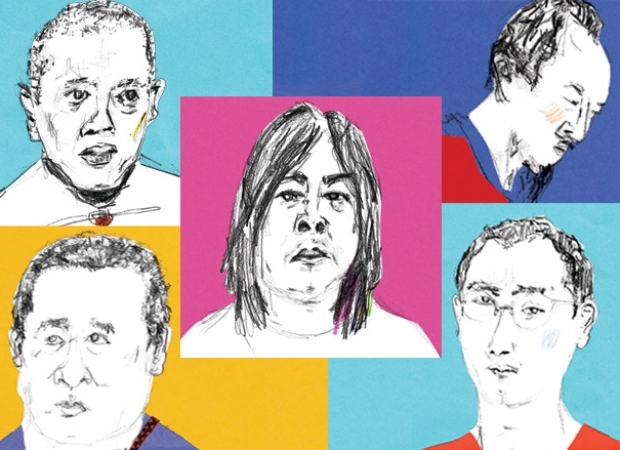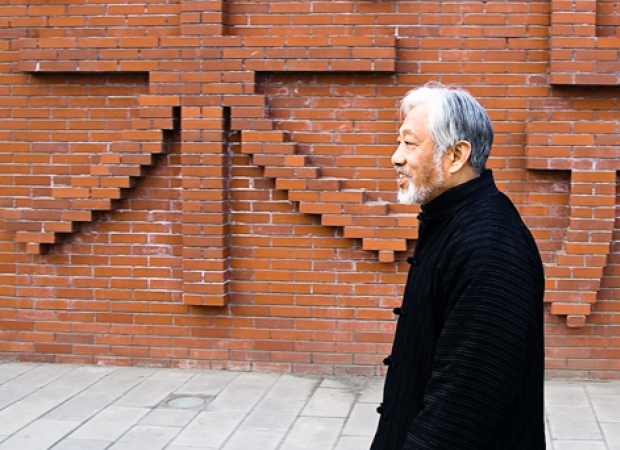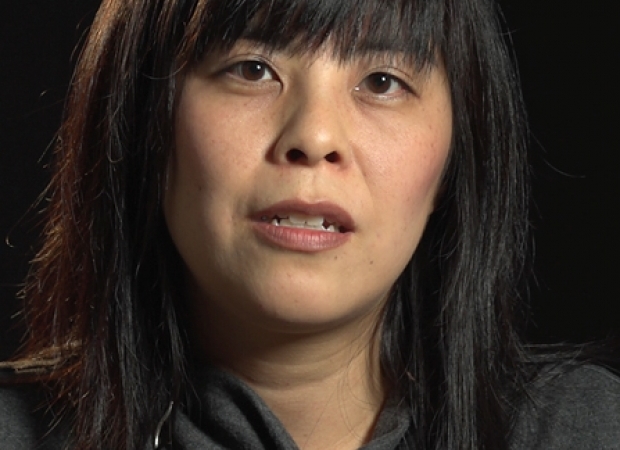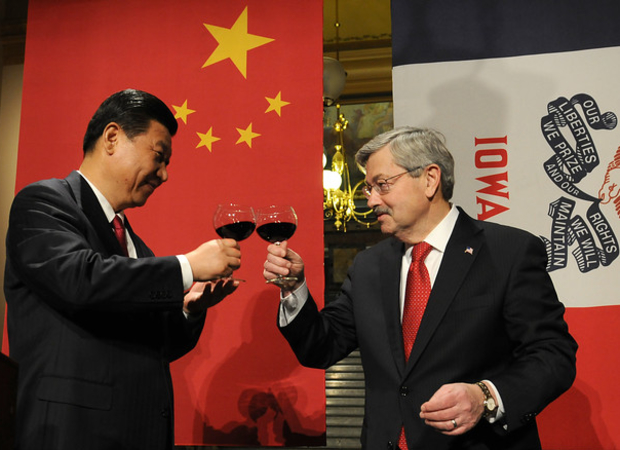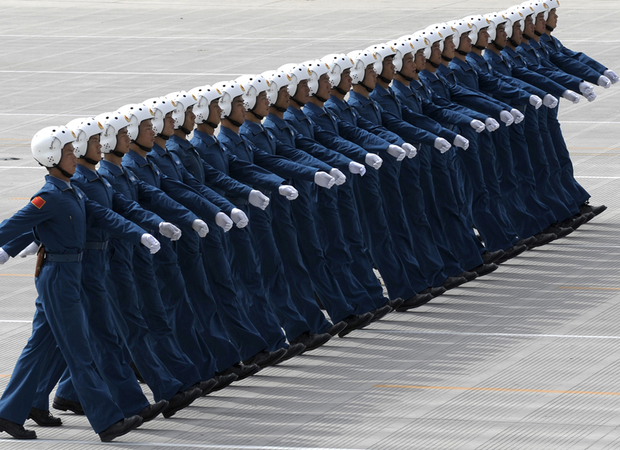A New China Website Helps Dissertations Find Readers
on February 29, 2012
Dissertations dominate the lives of doctoral students. A PhD candidate spends years researching, writing, and editing his or her dissertation, inching toward the day when the whole process is finished. Finally, he or she can leave behind the nagging designation “ABD” (All But Dissertation) and breathe a sigh of relief. The dissertation is done.
And then ... nobody reads it.
